![How Do You Use a Hoverboard [Easy Guide for Beginners]](http://www.ihoverboard.co.uk/cdn/shop/articles/H1_A__B2_V01_221013_d78a0058-3dd0-4bf7-b16e-3bacdb711d6a_{width}x.jpg?v=1761291681)
How Do You Use a Hoverboard [Easy Guide for Beginners]
Learning how do you use a hoverboard can seem tricky at first, but with the right guidance, anyone can ride with confidence. Hoverboards are fun, portable, and perfect for short trips or practicing balance. In this easy guide for beginners, we’ll cover everything from mounting and balancing to basic tricks and safety tips. Whether you’re a first-time rider or just looking to improve your skills, this guide will help you get started safely and smoothly.
Is a Hoverboard Right for You? Key Tips Before You Start
Before you buy or ride a hoverboard, it’s important to know if it’s the right fit for your lifestyle and skill level. Hoverboards are fun, portable, and a great way to improve balance, but they aren’t for everyone. Considering a few key factors can help you decide whether you should give hoverboarding a try.
Things to Consider Before Riding a Hoverboard:
-
Age and Weight Requirements: Most hoverboards are designed for riders aged 8 and above, with weight limits ranging between 45–100 kg (100–220 lbs). Check the specifications before purchasing.
-
Riding Experience: Beginners should be prepared to practice balance and coordination. Hoverboards require steady feet and focus, especially at first.
-
Safety Gear: Helmets, knee pads, and elbow pads are highly recommended to prevent injuries during learning.
-
Riding Environment: Smooth surfaces like pavements or indoor floors are ideal for beginners. Rough terrain or crowded areas can be risky.
-
Purpose and Frequency: Think about why you want a hoverboard—short commutes, leisure, or learning tricks. Your purpose affects the type of hoverboard you should choose.
By evaluating these factors, you can confidently decide whether a hoverboard suits your needs and lifestyle, ensuring a safe and enjoyable riding experience.
How to Ride a Hoverboard with Confidence

Getting started with a hoverboard can feel a little challenging at first, but with practice, riding becomes natural and fun. This guide will walk you through the essential steps to ride your iHoverboard confidently and safely.
Stepping Onto Your Hoverboard
Before you ride, make sure your iHoverboard is fully charged and turned on. Place one foot on the board and find your balance, then slowly bring up your other foot. Stand with your feet flat, shoulder-width apart, and bend your knees slightly to stay relaxed.
It’s okay to hold onto a wall or chair for support when starting out, but try to rely on your balance instead. This posture helps you stay stable and ready for smooth movement.
Trust the Hoverboard’s Self-Balance
Your iHoverboard is designed with self-balancing technology, which supports you as you ride. Some wobbling is normal at the beginning, so keep your knees soft, engage your core, and extend your arms slightly for stability. Avoid overcorrecting with sudden movements; trust the board to maintain its balance.
Getting Off Safely
Always step off your iHoverboard backwards, one foot at a time. Stepping forward can cause the board to move unexpectedly, increasing the risk of falls. Use support if needed until you feel comfortable with mounting and dismounting.
Moving Forward and Backward
To move forward, gently lean your body forward — there’s no need to lunge. The slight shift of weight controls your speed. To slow down or stop, lean back gently and steadily. Avoid sudden motions; smooth weight shifts ensure a safe ride.
Turning Left and Right
Turning involves shifting pressure on your toes. Press your right toes to turn left and your left toes to turn right. Practice slow, controlled turns before attempting sharper angles at higher speeds. This helps maintain balance and reduces the chance of falls.
With these basics, you’ll quickly gain confidence riding your iHoverboard and enjoy the freedom and fun it offers.
Tips for Smooth Riding and Steering
Riding a hoverboard smoothly takes practice, but there are simple techniques you can follow to improve balance, control, and overall confidence on your iHoverboard. By mastering these tips, you’ll enjoy a safer and more enjoyable ride every time.
Essential Tips for Smooth Riding and Steering:
-
Maintain a Balanced Stance: Keep your feet shoulder-width apart and knees slightly bent. A stable posture helps absorb small bumps and makes steering more precise.
-
Engage Your Core: Your core muscles help stabilize your body. Avoid leaning too much with just your legs or arms; distribute your weight evenly.
-
Use Gentle Movements: Smooth, small shifts of your body control speed and direction. Abrupt movements can throw off your balance.
-
Look Ahead, Not Down: Keep your eyes focused on where you’re going rather than your feet. This improves reaction time and helps maintain balance.
-
Practice Controlled Turns: To turn, gently shift your weight on the appropriate side of the hoverboard. Start with slow, wide turns before attempting sharper pivots.
-
Ride at a Comfortable Speed: Especially for beginners, riding slower allows better control and reduces the risk of falls. Gradually increase speed as your confidence grows.
-
Avoid Sudden Stops: Lean back gently to slow down instead of jerking your body backward. This ensures a smooth stop and keeps the ride stable.
By following these simple techniques, you can ride your iHoverboard with greater control, master steering, and enjoy a smooth and fun hoverboarding experience.
Common Hoverboard Mistakes to Avoid
Even seasoned riders sometimes make mistakes that can affect balance, safety, or the overall hoverboarding experience. Recognizing these common errors early will help you ride your iHoverboard more safely and confidently.
-
Skipping Safety Gear: Riding without a helmet, knee pads, or elbow pads significantly increases the risk of injury. Protective gear is essential, especially for beginners.
-
Incorrect Mounting and Dismounting: Always step onto the hoverboard one foot at a time and step off backward. Jumping on or off suddenly, or stepping forward, can cause falls.
-
Leaning Too Much: Over-leaning forward or backward can make your hoverboard speed up or stop abruptly. Keep your movements smooth and controlled.
-
Turning Abruptly at High Speeds: Sharp turns without slowing down can throw you off balance. Practice gentle, gradual turns until you’re confident.
-
Ignoring Weight Limits: Each hoverboard has a recommended weight range. Riding above or below it can affect performance and safety.
-
Riding on Unsafe Surfaces: Avoid rough, wet, or uneven terrain, which can cause slips or damage your iHoverboard. Stick to smooth surfaces while learning.
-
Neglecting Battery and Maintenance: Low battery or lack of maintenance can reduce performance and even stop the hoverboard unexpectedly. Keep your board charged and in good condition.
By avoiding these common mistakes, you can enjoy smoother rides, improve your confidence, and make the most out of your iHoverboard experience.
Fun Hoverboard Tricks You Can Try
Once you’ve become comfortable riding your iHoverboard, it’s time to add some excitement by trying simple tricks. These moves help improve balance, control, and coordination while making your rides more fun.
Pavement Spins
Start with a pavement spin to get a feel for controlled turning. Ride over a stretch with slight crossovers and gently shift your weight to complete a 360-degree turn. Focus on smooth movements to keep your balance while adding style to your ride.
Ramp Rides and Reverse Rolls
Riding on a small ramp is a great way to challenge yourself. Glide up one side and coast down the other, keeping your knees slightly bent to absorb the incline and decline. Once confident, try a reverse ramp roll—ride up, then let gravity pull you back down slowly in reverse, which tests your control and balance.
180° Turns
Change direction with flair by practicing a 180-degree turn. Shift your weight to one foot and twist your body smoothly while keeping your knees bent. Start slow to ensure stability before attempting sharper turns.
Jump Mounts and Squat Spins
For more advanced moves, try a running jump mount on flat ground. Take a short run-up and jump onto your iHoverboard, landing steadily to continue gliding. Another fun trick is the squat spin—crouch low, shift your weight to start spinning, and see how many rotations you can complete while staying balanced.
Wall Glides and Ball Tricks
If you’re ready for a creative challenge, try a short wall glide along a low, angled surface. For coordination practice, experiment with keepy uppies—gently juggle a ball while riding, using one foot to maintain balance and the other to steer. You can also try catching or balancing a small ball mid-ride to test your skills.
Extreme Leans
Finally, explore extreme leans by gently tilting your body forward or backward. Start slowly and gradually push your limits, always wearing protective gear. This helps improve control while giving you a sense of the hoverboard’s responsiveness.
With practice, these tricks will make riding your iHoverboard more exciting and help you master balance, coordination, and confidence on any terrain.
Best Places to Learn Hoverboard Riding
Learning to ride a hoverboard may seem challenging at first, but with the right locations and approach, you can gain confidence quickly. One of the easiest ways to start is by using online resources. Platforms such as YouTube, TikTok, and Instagram offer step-by-step tutorials that demonstrate mounting, balancing, turning, and stopping safely. Look for videos with clear instructions and positive reviews, and consider checking if your iHoverboard comes with an app that provides beginner guidance, safety tips, and practice exercises.
For hands-on experience, in-person lessons can be very helpful. Many local community centers, skate parks, and sports clubs offer beginner classes or hoverboard demo days where instructors guide you through the basics. Practicing with a friend who already knows how to ride can also be a fun way to learn while getting real-time feedback.
When choosing a place to practice, safety and space are key. Open, smooth surfaces such as empty parking lots, quiet cul-de-sacs, paved park paths, and schoolyards during off-hours are ideal. Indoor spaces like gymnasiums can work as well, provided they allow hoverboards. Avoid busy streets, steep slopes, or wet and uneven surfaces until you are fully comfortable with your iHoverboard.
Always wear protective gear, including a helmet, knee pads, elbow pads, and wrist guards. By selecting the right places to practice and following safety guidelines, you can learn faster, ride confidently, and enjoy every moment on your iHoverboard.
iHoveboard Models in Comparison
|
Specification |
|||||
|
Image |
 |
 |
 |
 |
 |
|
Regular Price |
£159.99 |
£199.99 |
£105.99 |
£309.99 |
£319.99 |
|
Sale Price |
£78.99 |
£104.99 |
£105.99 |
£148.99 |
£158.99 |
|
Wheel Size |
6.5" |
6.5" |
6.5" |
8.5" |
8.5" |
|
Motor Power |
Dual 350W |
Dual 250W (500W) |
Dual 350W (700W) |
Dual 400W (800W) |
Dual 400W (800W) |
|
Battery Capacity |
25.9V 2.6Ah |
36V 2Ah |
36V 2Ah |
36V 4Ah |
36V 4Ah |
|
Top Speed |
6.8 mph (11 km/h) |
7.5 mph (12 km/h) |
7.5 mph (12 km/h) |
7.5 mph (12 km/h) |
9.3 mph (15 km/h) |
|
Range / Ride Time |
40–60 min |
50–70 min |
7.5 miles (12 km) |
Up to 12.4 miles (20 km) |
Up to 12.4 miles (20 km) |
|
Charging Time |
2–3 h |
2–3 h |
2–3 h |
4–5 h |
4–5 h |
|
Max Weight |
119 lbs (54 kg) |
220 lbs (100 kg) |
200 lbs (100 kg) |
220 lbs (100 kg) |
220 lbs (100 kg) |
|
Age Recommendation |
3+ |
6+ |
6+ |
6+ |
6+ |
|
Tire Type |
Solid rubber |
Solid rubber |
Solid rubber |
Solid off-road tire |
Solid off-road tire |
|
Self-Balancing |
Yes |
Yes |
Yes |
Yes |
Yes |
|
Bluetooth Speaker |
Yes |
Yes |
Yes |
Yes |
Yes |
|
LED Lights |
Multicolor wheels & deck |
LED wheels & body |
LED light up deck & wheels |
LED wheels + body lights |
LED wheels + body lights + RGB side lights |
|
App Control |
No |
No |
No |
No |
Yes |
|
Riding Modes |
1 Mode |
3 Modes (8/10/12 km/h) |
1 Mode |
3 Modes (8/10/12 km/h) |
2 Modes (10/15 km/h) |
|
Climbing Angle |
N/A |
N/A |
N/A |
Up to 10° |
Up to 10° |
|
Product Weight |
10.1 lbs (4.6 kg) |
12.6 lbs (5.7 kg) |
14.3 lbs (6.5 kg) |
14.3 lbs (6.5 kg) |
14.3 lbs (6.5 kg) |
|
Water Resistant |
Yes |
Yes |
Yes |
Yes |
Yes |
|
Go Kart Compatibility |
No |
K3 Go Kart |
K3 Go Kart |
K3 Go Kart |
K3 Go Kart |
Conclusion
Learning how do you use a hoverboard can be an exciting journey, from mastering the basics to trying fun tricks and improving your balance. With the right approach, safe practice spaces, and protective gear, anyone can ride confidently on an iHoverboard. Remember to start slow, focus on smooth movements, and gradually challenge yourself with new skills and tricks. By avoiding common mistakes and practicing regularly, you’ll not only enjoy a safe and fun hoverboarding experience but also gain the confidence to explore new tricks, turns, and terrains. Whether for commuting, leisure, or skill-building, your iHoverboard can become a source of endless fun and freedom.






































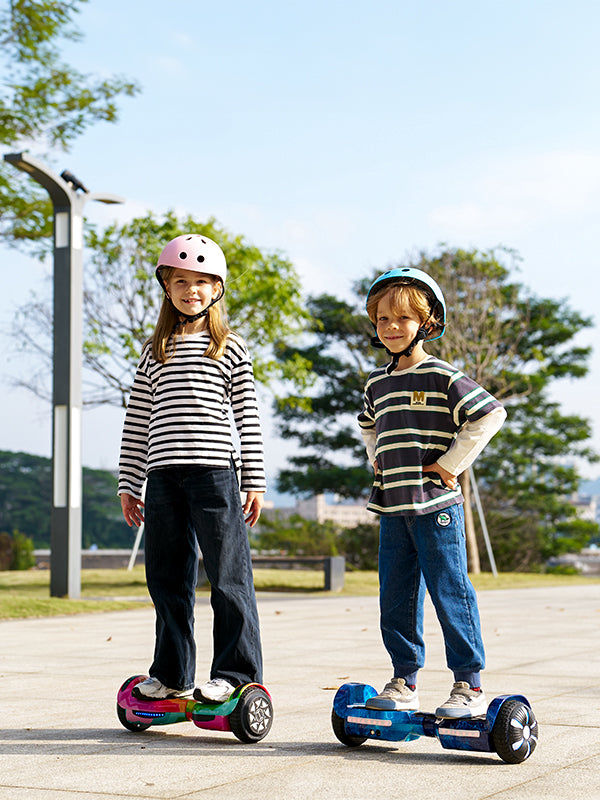




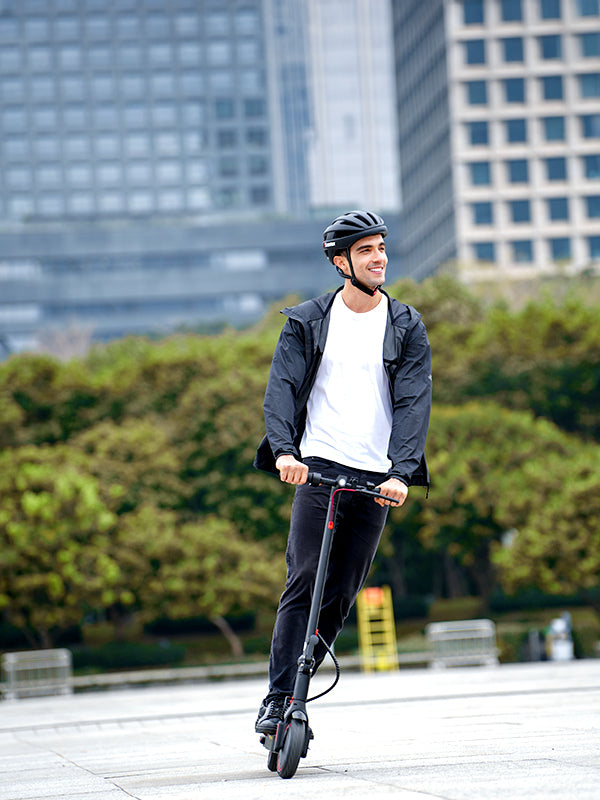










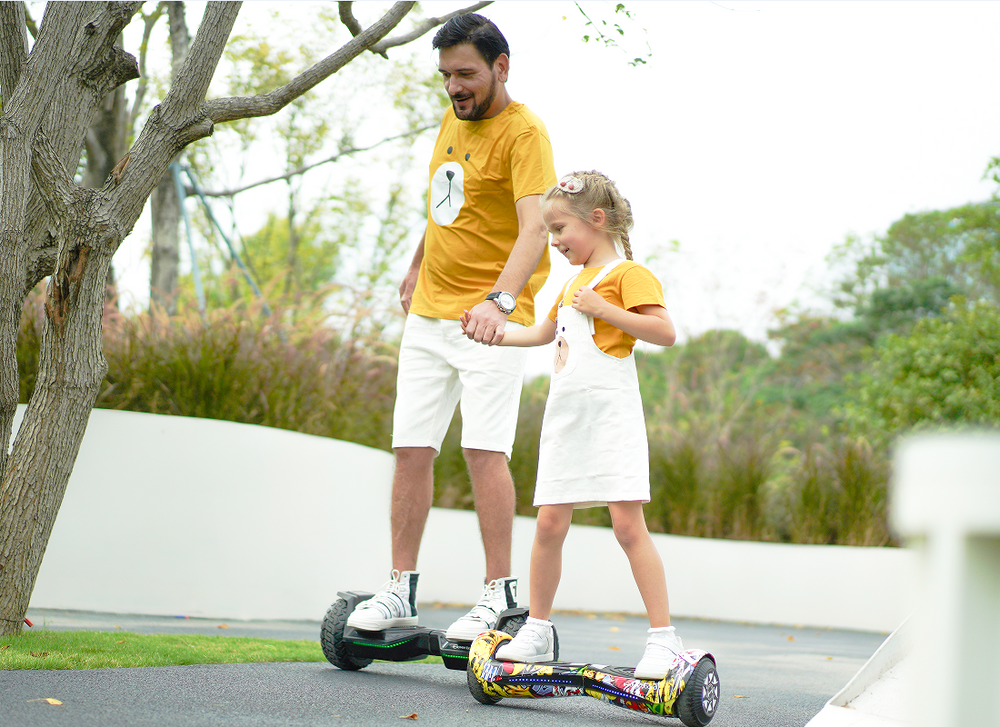


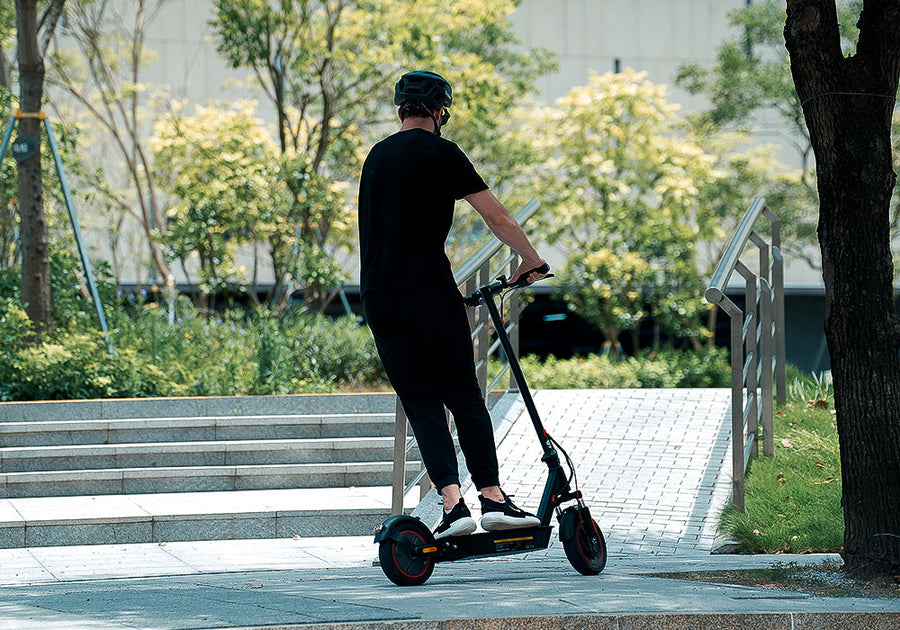




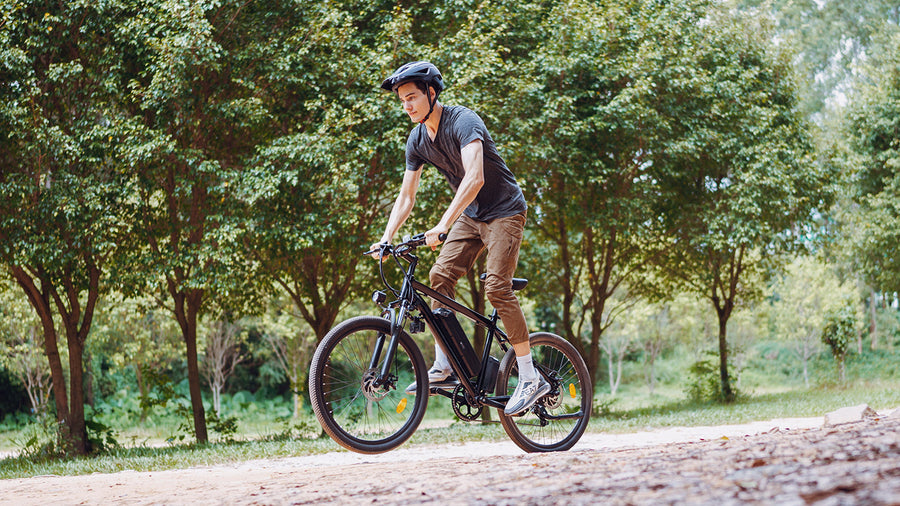


Still, need help? Contact Us: support@ihoverboard.com
What's the option? Check out the option now!
Leave us a message